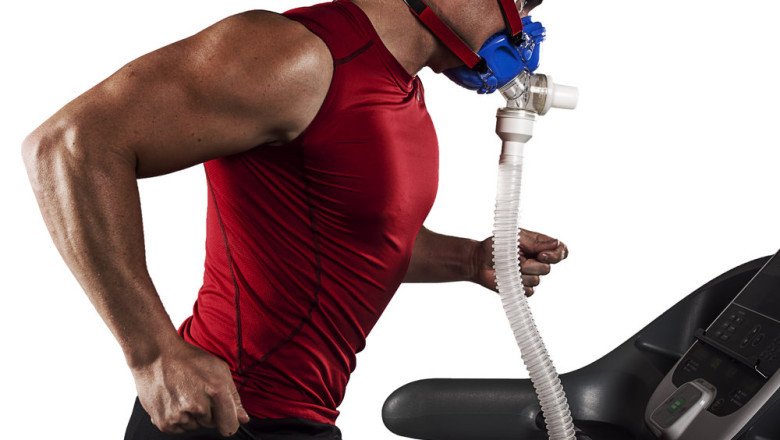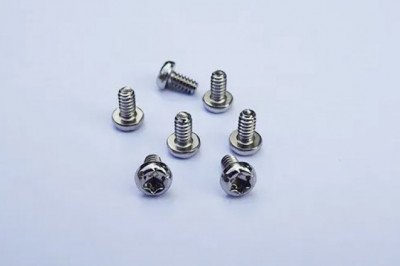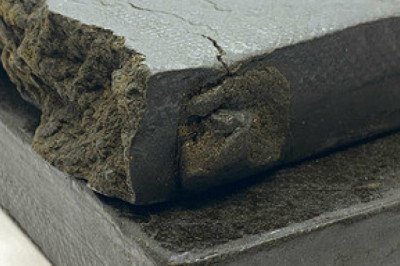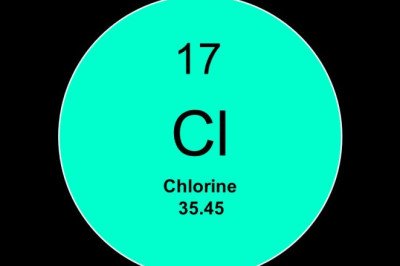
views
During RMR testing, the individual will typically be asked to lie down and relax in a comfortable, reclined position for a period of time. During this time, their oxygen consumption and carbon dioxide production will be measured using a device known as a metabolic analyzer. The results of the test will provide information about the individual's basal metabolic rate, which is the amount of energy they burn at rest.
EMR testing involves measuring the individual's oxygen consumption and carbon dioxide production during exercise. Metabolic Testing is typically performed on a treadmill or stationary bike, and the individual will be asked to perform a specific exercise routine while wearing a metabolic analyzer. The results of the test will provide information about the individual's energy expenditure during exercise, as well as their oxygen uptake and carbon dioxide production.
There are several benefits to undergoing Metabolic Testing. First and foremost, metabolic testing can provide valuable information about an individual's metabolic rate and energy expenditure. This information can be used to design a personalized nutrition and exercise plan that is tailored to their specific needs and goals.












Comments
0 comment